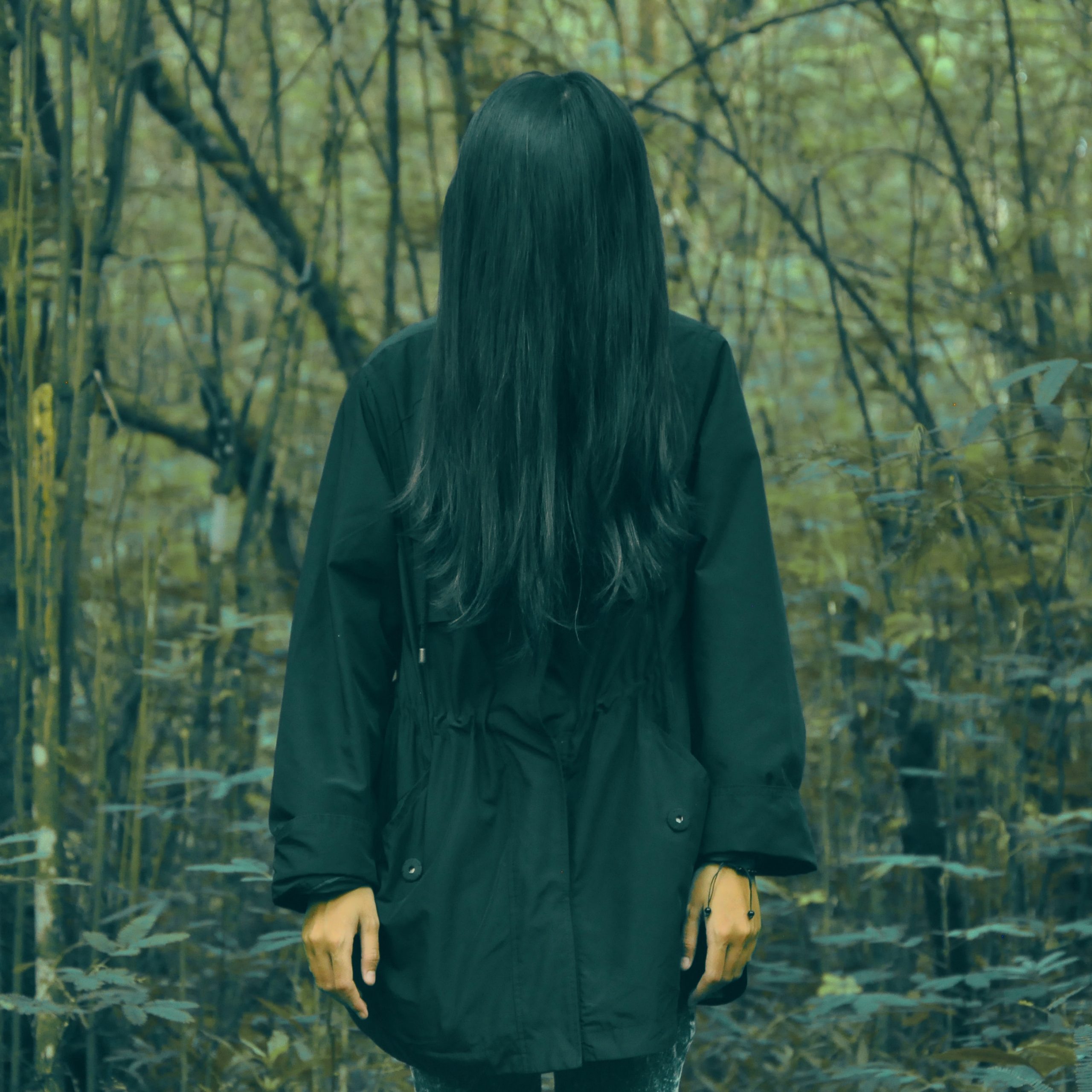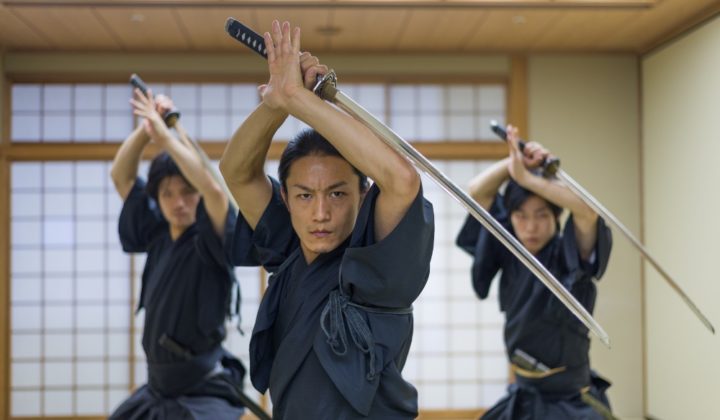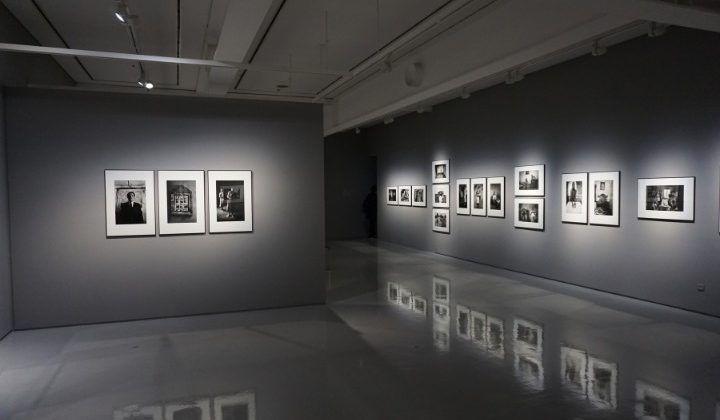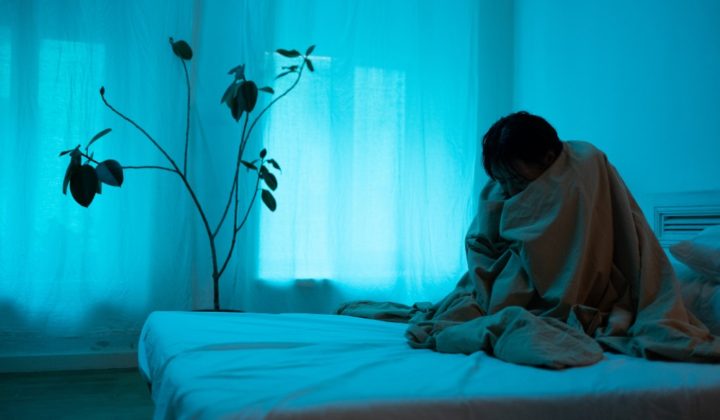Are Japanese horror films better than Western horror films?
Let me get this straight to the point – unlike many Western horror films, most Japanese horror movies are not into gore scenes. However, Japanese horror films can definitely leave an overwrought feeling in your stomach and cause you nightmares for days.
I find Japanese horror films scary but nothing has ever been scarier in my content writing life than knowing I am going to write about some must-watch Japanese horror films. Imagine my horror upon knowing about it.
But I took the spooky challenge because I, too, want to know why many people who love to watch horror films find Japanese horror films scarier than some of the Western horror films; what makes Japanese horror films unique; how Japanese horror films elicit fear among its viewers; and why people, even those who aren’t into horror films like yours truly, are still drawn towards these films beyond the marketing ploys most consumers fall prey to.
Before I dig into those subjects, here are some of the Japanese horror films you must watch or you must watch again to give you some chills during summer nights. I have watched them myself, too, with my friends way back and I tried to watch them again alone. I guess I don’t have to tell you how perturbing it went.
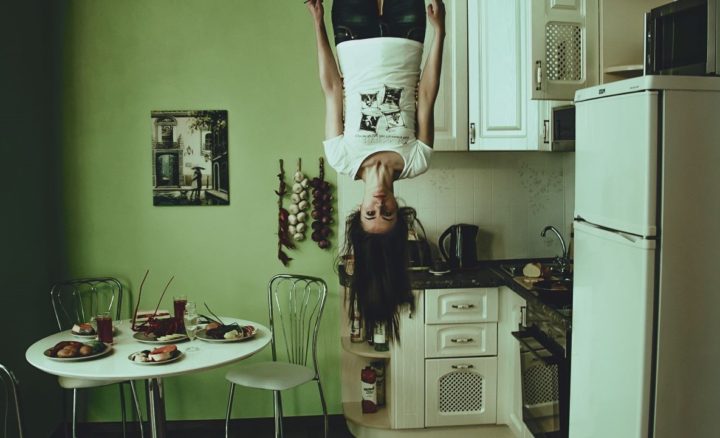
Japanese Horror Films that Should Be on Your Must-Watch List
1. Ringu (The Ring). There is nothing quite like the original Sadako story, that even a non-horror film fan like me would agree that this is one of the most impactful Japanese horror films of all times.
Ringu was produced in 1998 and it was directed by the Japanese filmmaker Hideo Nakata. It follows the story of the cursed VHS tape that causes horrible death to those who watch it. The condemning death happens seven days after watching the VHS tape. This movie was reportedly not the first adaptation of the Ringu novels by Koji Suzuki but it was the first to ever inspire foreign adaptations and hair-raising sequels.
2. Ju-on (The Grudge). Ju-on was directed by renowned filmmaker Takashi Shimizu. The plot follows a story of a family who moved into a house where a grisly murder happened. The house was where the ghost of Kayako crawls down the stairs while producing a petrifying croaking sound. This movie, aside from Ringu, has become iconic in Japanese horror films.
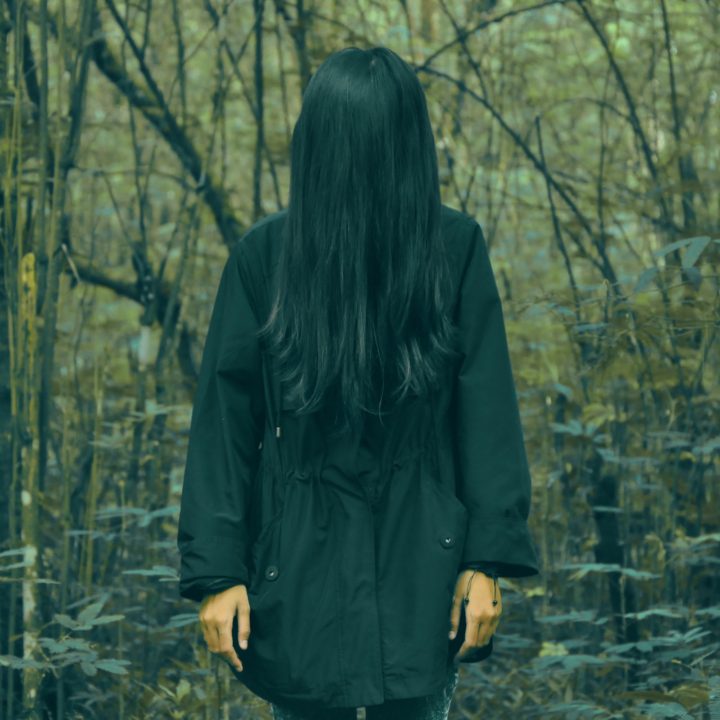
3. Battle Royale. If you watched the Hunger Games before watching Battle Royale, you can identify resemblance in the plot except that the latter was produced 13 years before the former.
Battle Royale is a dystopian horror-action film based on Koushun Takami’s novel of the same name. The film, directed by Kinji Fukasaku and written by his son Kenta Fukasako, was one of the best films produced in the year 2000. It became a globally-acclaimed film and it is even the inspiration behind the Battle Royal online multiplayer video game.
In the movie, the Japanese government forced junior high school students to compete in a death match, where there should be just a lone survivor. I never would have watched this gory film if not for Tatsuya Fujiwara, who portrayed the lead role Shuya Nanahara, and Ko Shibasaki, who portrayed a badass and deadly character Mitsuko Souma. However, I definitely agree that Battle Royale is one of the best films in the horror-action list. The movie opens up a discussion on how far your morals should go and how loyal to other people you care for can you be if you find yourself in a situation where survival is the ONLY choice and end-goal there is. Battle Royale has got itself a sequel in 2003, the Battle Royal II: Requiem.
4. One Missed Call. Back when I loved owning a flip phone, I didn’t like using it because it reminds me of this movie every freakin’ time. This Japanese horror film is based on the book Chakushin Ari by Yasushi Akimoto, and it became popular even outside of Japan that it got an American adaptation in 2008. The plot tells the story of Yumi Nakamura whose friend received a strange voice message dated two days in the future. The mysterious death of Yumi’s friend led to a chain of similar alarming events around Japan, including a situation involving Yumi herself.
5. Sadako vs Kayako. What happens when two powerful cursed spirits fight and what could happen if both dominant curses are combined? Sadako vs Kayako is the most-awaited crossover of Ringu and Ju-on horror film series that reportedly started as an April Fools day prank. It got real when the production was confirmed later in 2015.
These two dreadful characters who previously existed in different major horror films finally crossed paths to curse each other to ‘death’. It may sound funny but having two of the most notable horror film characters – Sadako Yamamura and Kayako Saeki – in one movie only make the television screen the most horrifying appliance to ever be owned and any croaking sound the worst to ever be heard.
6. Kuroneko (The Black Cat). This film was originally released in 1968, a cinematic retailing of a Japanese folktale, and is considered one of the landmarks of the Japanese horror films. The theatrical production was directed by Kaneto Shindo, and it follows the story of the vengeful spirits of the two women who were raped and killed. The renegade samurai warriors responsible for their deaths were seductively lured into a secluded house where the revengeful murder happens. The movie will give you a feel of the kind of horror storyline that captures the viewers in the 60s.

7. Jigoku (The Sinners of Hell). This film was released in 2006 but it was first theatrically produced by Nobuo Nakagawa in the 1960s. The story is based on the concept of an afterlife for sinners. The plot follows the characters of a young fellow, Tamura, who ran down a drunken yakuza leader, and a roommate, Shiro, who failed to convince his friend to go back to the crime scene and help the victim. Shiro’s conscience burned him, and his life, later on, became a horrifying hell after he lost some of the people he loves.
8. Kairo (Pulse). This horror film by Kiyoshi Kurosawa in 2001 will make you move on from your fear of the television screen but you will never look at your computer screen the same way ever again after watching this movie.
The plot follows two storylines – one is about a computer disk causing sudden death and another one is about a strange website no one can escape from. The film gained a foreign adaptation and several sequels, as well.
9. Dark Water. After the success of Ringu, renowned filmmaker Hideo Nakata directed another film adaptation of Koji Suzuki’s novel of the same title in 2002.
The Dark Water plot follows the story of a young divorced mother, Hitomi Kuroki, who moved to a flat with her daughter. The flat has a mysterious stain on the ceiling that only gets worse every day. What happened after Hitomi checked the room above theirs was emotionally disturbing and how everything turned out was terrifying. It will make you wish that they could have just searched for and moved to a nicer flat, instead.
10. Audition. You will never look at every audition the same way ever again after watching this movie. This horror movie was directed by Takashi Miike in 1999 and its epic storytelling was based on the novel by Ryu Murakami.
The plot follows the story of a widower who staged a fake acting audition in order to find a new wife. He found what he was looking for when he met a hauntingly beautiful woman, and it turned out she has got more for him than he could ever want.
The horror film genre is already disturbing in itself but this Japanese horror film will redefine your perspective of being authentically disturbed.
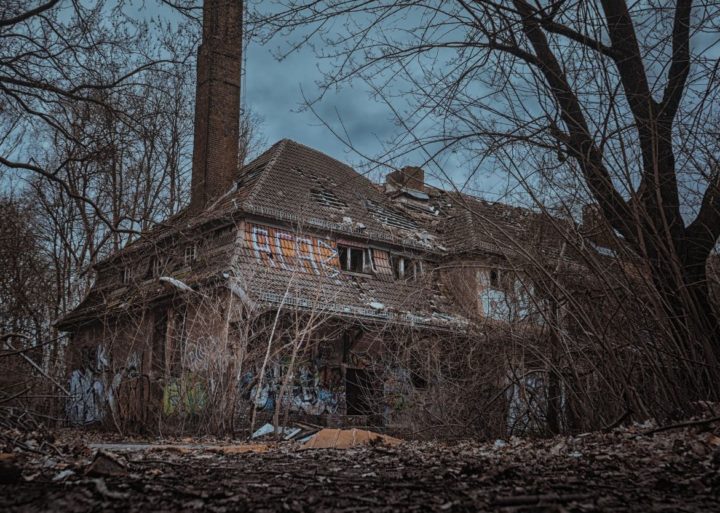
What Makes Japanese Horror Films Unique?
In other words, what are the elements that make Japanese horror films truly disturbing? What else makes these horror movies scarier than other horror movies produced in other countries, and why do we watch these horror films?
Kenta Yamamoto, a good friend of mine, said we usually watch a horror film or any kind of film, despite our fears and whatnot because we want to experience something that we cannot experience in the real world.
“Through watching movies, I feel that I am one of the characters. I am curious about how it feels to experience something scary that I cannot experience in my actual life. We also want to see what’s gonna happen after each scene, and we want to see how the story ends if and when it does,” he added.
Psychological horror and backstories. There are some Japanese horror films that touch on supernatural horror involving yurei or ghosts, shamanism, yokai or monsters, but many of the popular Japanese horror films have done a unique treatment to the horror genre through its focus on psychological terror to enhance the storyline. The slow pace development of the story also gives a more unsettling atmosphere.
You also get to see the empathy that is put into the backstory of the ghosts or cursed spirits in the films that allows you to get a glimpse of the other side of the story, making you understand the reasons why they have become vengeful spirits, and this sometimes gives a psychological twist to the film. Most of these Japanese horror films are also adapted from a manga or a novel, which also influences the slow build-up and suspense of the story.
Myths and spirits. In many Western horror films, the storyline is tied up with religion, specifically Christianity. Meanwhile, Japanese horror films showcase people’s intimate relationship with its myths, spirits of the ancestors or spirits of actual persons who suffered brutal deaths. These stories are spread in the community and this awareness makes the existence of curses common in the natural scheme of things.
“Japanese films are more realistic because we can see most of the scenarios happening in daily life. Japanese films give the afterthought that it could also happen to you anytime. What if Sadako really comes out of the TV screen while I am alone? We all get to ask ourselves questions every time a scene is familiar to us,” said Yamamoto.
The silence and the unseen. Japanese horror films do not rely on too much visual and sound effects. Most films focus on silence and realistic yet creepy scenes to build suspense and tension. Silence can be terrifying, as well as, hearing natural sounds in the surrounding like water dripping from a faucet, door creaks as it opens or closes, and other natural sounds.
Unlike violent and bloody Western horror films where the killing, cutting, and brutal murder scenes make you feel sick, in Japanese horror films ghosts do not use any weapon and do not usually showcase how the person gets killed. You get more disturbed at imagining how exactly the victims died. In the Ringu movie for instance, how afraid can they really get? Is it the curse or the fear of the curse that causes people to die mysteriously? We get to ask these and we get to imagine beyond what is being shown in the film.
I realized after writing this that despite being a non-horror fan, I have watched most if not all of these movies. I am drawn to the storyline and to the creative ways of showcasing both the best and the worst of human nature in films. I must admit, I like suspense and thrill, too, even if I know it can be dreadful at times.
Whether you watch horror films for entertainment or out of curiosity, make sure to include some of these Japanese horror films in your must-watch list. Also, make sure you don’t scare your neighbors with your scream.

